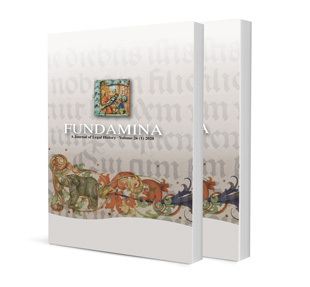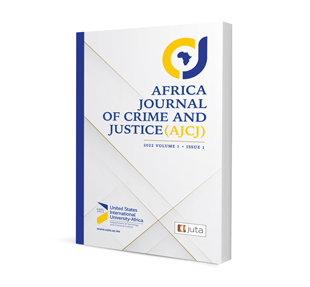The Proliferation of Criminal Gang Activities on the Cape Flats and the Subsequent Legislative and Policy Responses

The Proliferation of Criminal Gang Activities on the Cape Flats and the Subsequent Legislative and Policy Responses
Author DC van der Linde
ISSN: 2411-7870
Affiliations: Senior lecturer, Faculty of Law, Stellenbosch University
Source: Fundamina, Volume 28 Issue 2, p. 73-116
https://doi.org/10.47348/FUND/v28/i2a3
Abstract
The proliferation of criminal gang activity is inextricably linked to the lingering legacy of the apartheid regime. Decades after apartheid, the communities of the Cape Flats in the Western Cape face a continuous onslaught of violence, predominantly brought about by rival gangs competing for drug territories. The purpose of this contribution is to consider the government’s policy and legislative responses to gangsterism through a historical and constitutional paradigm. The contribution, first, provides a brief historical overview of the causative (especially legislative and socio-economic) factors that led to the proliferation of criminal gangs on the Cape Flats. Secondly, it investigates the violent reality of criminal gang activity in a postdemocratic South Africa. This part also focuses on the legislative response to organised crime, in particular chapter 4 of the Prevention of Organised Crime Act 121 of 1998 (which deals with criminal gang activity), as well as on the various interventions and policies by the national and Western Cape Government to address the challenges related to gangsterism.
